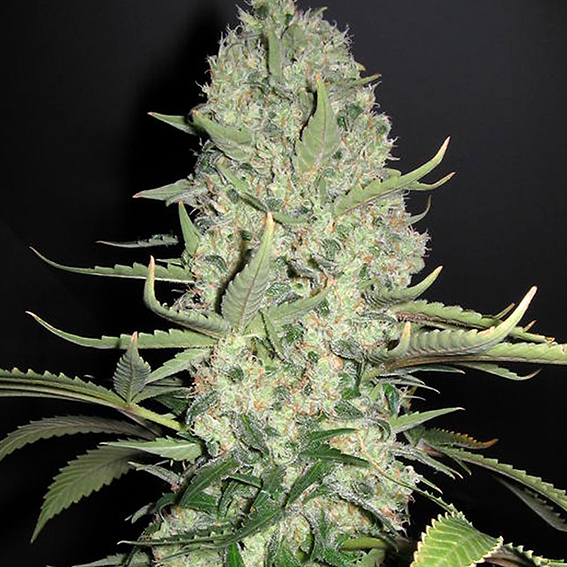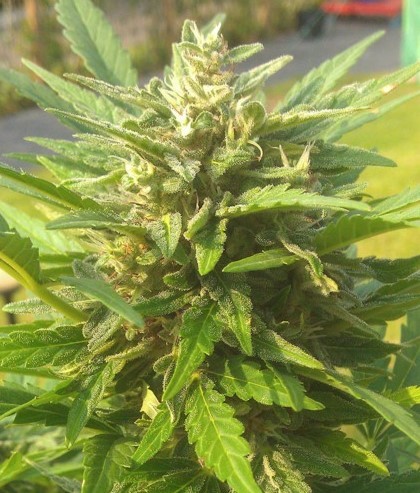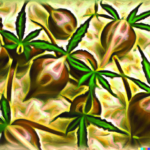
Drying your cannabis harvest is an essential step in the cultivation process. Proper drying is crucial for preserving the potency and flavor of your buds. In this blog, we’ll walk you through how to dry your cannabis harvest to ensure the best possible end product.
Materials you’ll need
Before you begin, make sure you have the following materials:
- Clean, dry, and well-ventilated space (a separate room or closet)
- String or wire for hanging
- Clothespins or hangers
- Hygrometer (optional, but helpful for monitoring humidity levels)
- Small fan (optional, but helpful for increasing air circulation)
Step-by-Step Guide to Drying Your Harvest
- Harvest your plants: Once your plants have reached maturity, it’s time to harvest them. Cut the plants at the base and remove the large fan leaves.
- Trim the buds: Use scissors or a sharp knife to trim any excess leaves, stems, or sugar leaves from the buds. You can also trim the buds before hanging them if you prefer.
- Hang the buds: String or wire a clothesline in your drying space, and hang the buds upside down using clothespins or hangers. Make sure the buds don’t touch each other, and leave enough space between them for air to circulate.
- Monitor temperature and humidity: The ideal temperature for drying cannabis is between 60-70°F, with humidity levels between 45-55%. If the humidity is too high, you risk mold and mildew growth, and if it’s too low, the buds may dry too quickly.
- Increase air circulation (optional): If you’re concerned about humidity levels, you can use a small fan to increase air circulation. This will help prevent mold growth and promote even drying.
- Check on your buds: After the first 24 hours, check your buds daily. Gently squeeze them to check for moisture, and smell them to make sure they aren’t developing a musty odor. If you notice any mold or mildew growth, remove the affected buds immediately.
- Cure your buds: Once your buds have dried for about a week, it’s time to start the curing process. Place them in airtight containers like mason jars, and store them in a cool, dark place. Open the containers once a day for the first week to release any excess moisture, and then once a week after that.
- Enjoy your cannabis: After a few weeks of curing, your buds will be ready to enjoy. The curing process will continue to enhance the flavor and potency of your buds over time.
Final Thoughts
Drying your cannabis harvest is a crucial step in the cultivation process. By following these steps, you can ensure that your buds are properly dried and cured, resulting in the best possible end product. Remember to be patient and take your time, as rushing the drying process can lead to a less flavorful and less potent end product. Happy growing!














